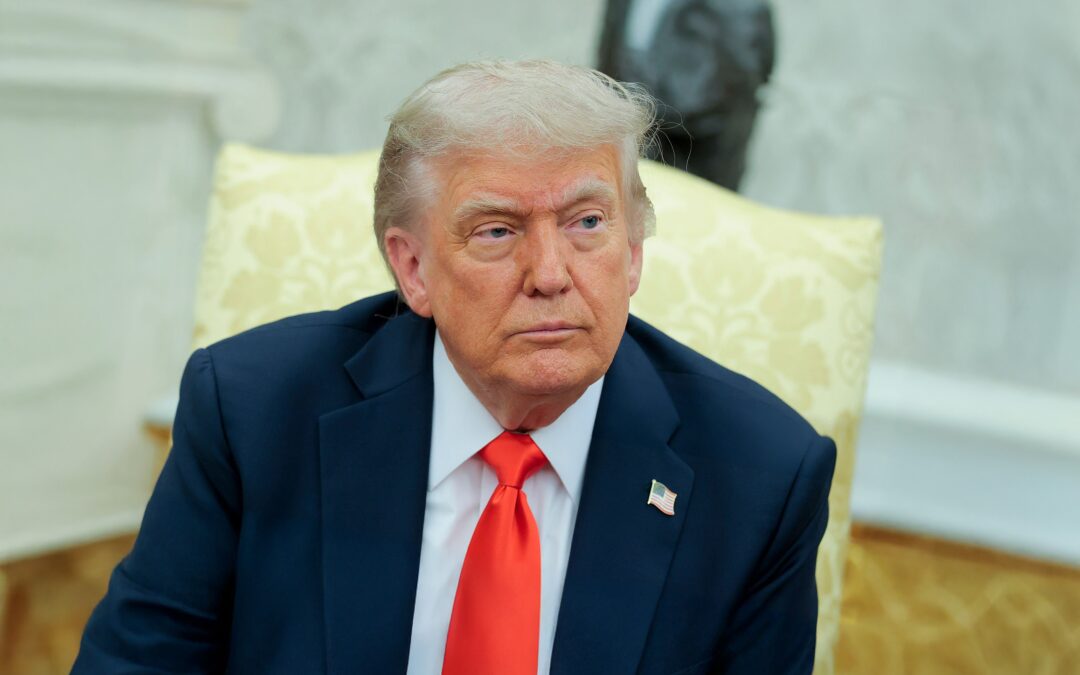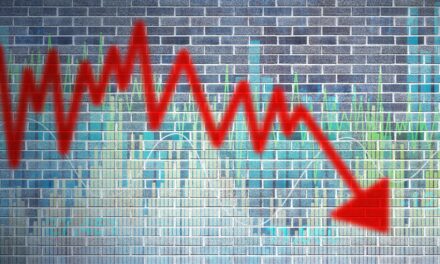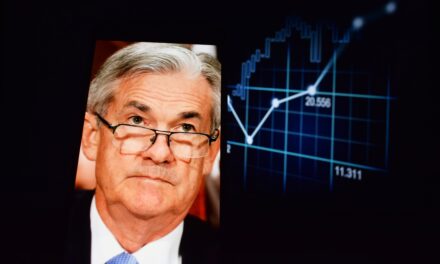Is Donald Trump’s radical new tariff policy a brilliant game of “4D Chess?”
Or is it simply a doomed political stunt, destined to alienate our allies and trading partners?
That’s been the #1 question on investors’ minds since the President’s “Liberation Day” announcement of sweeping reciprocal tariffs back in April.
Trump hit harder, faster, and wider than any of the pundits expected he would. And he’s getting results.
Most recently, the Trump administration proudly announced a favorable trade deal with Europe. Even the French mega-bank Société Générale admitted that it was a better deal for the US than it was for the EU.
But the real trade deal is yet to be made.
And the result of those negotiations will dictate where our economy heads for the rest of 2025 and beyond.
Obviously, this is a very big topic … too big for an issue of Moneyball Economics, in fact. That’s why I’m setting aside some time for an emergency tariff meeting tomorrow at 1:00 PM EST — and I want you to be there. The details should already be in your inbox, so keep an eye out for tomorrow afternoon’s special meeting.
Now let’s get to today’s update.
Click below to watch the video:
Video transcript:
Hi, I’m Andrew Zatlin … and welcome to Moneyball Economics.
Well, you’ve probably heard about the amazing trade deal that Donald Trump pulled off with Europe.
That’s right. We got a trade deal already signed, sealed, and delivered, pretty much 15% tariffs. Very exciting. And that’s why the markets, well, they did nothing.
The market snoozed on the news. Why?
Well, because this isn’t the trade deal that matters. The trade deal that matters is the one that didn’t get done, the one with China. In fact, the deadline was pushed out from August 1st to November 1st, and that’s a very important deadline from the standpoint of the supply chain.
See, in doing this, in kicking the can, Donald Trump has avoided a lot of pain for consumers and thereby regained a lot of voters, and that matters as we go into the midterm election next year. And you know who another key winner is of this Walmart.
Let’s talk about what’s going on by looking at the supply chain. But first, let’s go back and understand the mood of the consumer…
Go back to March. Donald Trump has come in and like a bull in the China shop, he’s creating so much anxiety, so much uncertainty, and the stock market is wobbling. But you’ve got to go ahead and plan your summer vacation. So you’re already booking your tickets, your hotel, little Timmy and Sally. You’ve got to put money down to send them to camp and on and on and on. So pretty much by March, you’re locked into the summer and you’re on autopilot.
Your major spending was already pretty much budgeted as you go into summer vacation, though, you don’t want to be angry. And that was the fear as we stood here in April and everything was cratered. In fact, I was saying it was a guaranteed recession.
If Donald Trump was not able to recover in May, he had the month of May to basically get the stock market back up and calm the economic waters. He had to get the stock market up and risk, a recession, because quite frankly, people turned to their wealth assets to do things like fund a car, buy a house, a lot of projects around the house and so on and so forth.
He was looking at a recession in the second half of the year if he couldn’t get the stock market back up. And lo and behold, he was able to do that, and he did it by calming the tariff waters.
And that’s where we want to focus because as we go into August and get closer and closer to when the Chinese tariffs would snap back in, he is at threat of losing those same consumers. Because again, those consumers are going to be spending a huge chunk of their money in and around the holiday season, and they will be paying 50% more for Chinese products, and that would anger consumers and consumers or voters.
Instead, he kicked the can to November.
But let’s talk about that now within the context of the supply chain. Why did Trump calm the waters, the tariff waters back when he did in April?
Remember, a lot of folks from Wall Street paid him a visit and they tapped him on the shoulder and he ignored him. But when folks from Main Street came out and tapped him on the shoulder, suddenly it was a different tune.
When Walmart and a couple of others came out and talked to Donald Trump, I believe that they explained the whole reality of the supply chain and the timing in the supply chain.
The bulk of your consumer spending is going to be found starting in August, that’s back to school, and then it’s quickly followed by Halloween, and then that’s quickly followed by Thanksgiving and basically Christmas, Hanukkah spending, big spending. A lot of it is on Chinese made product.
If Trump jacked up prices by 50%, Walmart was very clear that they would just pass those costs on to consumers. And as a result, the consumers would look at Trump and be very angry. So Trump kind of calmed the waters, but fast forward, we’re now at the end of that deadline. It’s now August 1st almost.
What do you do?
Because now, it really means if you are trying to get your goods onshore and beat that tariff … well, either you’ve been doing it or you’re about to suffer pain in order for people to stock up for back to school in August, the stuff is on the ship in June to meet October. The stuff is on the ship in August.
See the problem here? If you’ve got tariffs suddenly surging 50% in August, you have hit Halloween, Thanksgiving and Christmas spending and people will be very angry.
But guess what?
If you raise those tariffs in November, nobody cares.
We stopped importing essentially for consumers by then China extra 50%, who cares?
We’ve already loaded all of our inventory up. In fact, we don’t care until February-ish, sometimes even March for certain goods. And so Trump has basically kicked the can effectively to March just before the midterm elections. A lot of runway between now and then, a lot of things can happen. So we’re going to be seeing that the consumer’s okay with what’s going on economically. We’re going to continue to spend our money and be happy.
We won’t see inflation as much simply by moving the bar out in time and dodging the bulk of all those imports. And who’s going to win?
Well, anyone who imports from China and that’s Walmart, Amazon, and a whole slew of other retailers suddenly saw margin pressure relief, that’s where you want to put down some money because those are the ones who are going to be printing earnings thanks to moving that date.
We’re in it to win it folks.
Zatlin out.

Andrew Zatlin
Editor, Moneyball Economics





